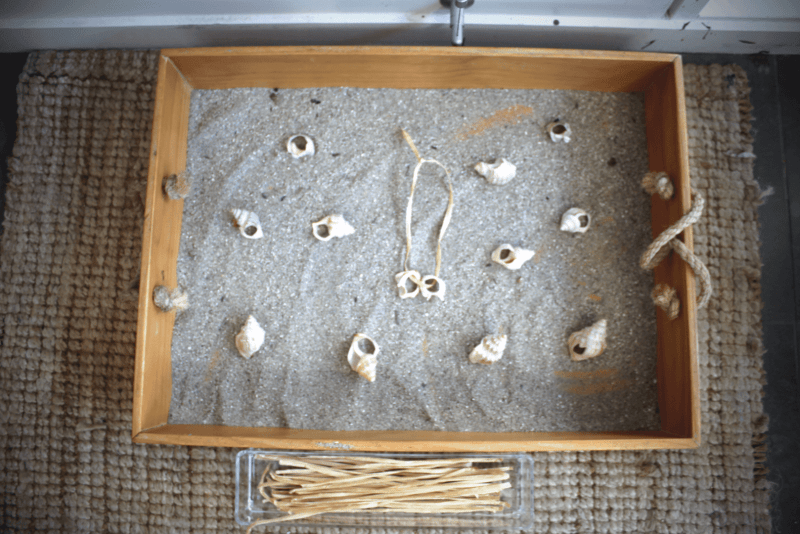
The Reggio Emilia philosophy views the environment as the third teacher, a space for providing numerous opportunities for children to explore, experiment, develop their ideas, and test their theories.
It should encourage collaboration and communication, exploration and discovery, inspiration and intrigue, and be a place for research.

Well thought out aesthetically rich environments readily engage the children’s attention. The teachers take time to consider what proposals they may offer the child, which will support and challenge them in the development of their ideas/ theories.

The space needs to respects the child as being a confident, capable and unique individual, and therefore provide the time and space for such collaborative or individual exploration to occur.

In light of this, consideration of the environment becomes a critical undertaking within the planning of an early childhood education programme. The role of the teachers is to ensure that the classroom environment is richly resourced, with materials creatively arranged, and designed to provoke and inspire research and inquiry.
“Deeper consideration of the environment can enable teachers to conceptualise their role less as a teacher controlling the group, and more as a partner with the children in the social construction of knowledge, and the exploration of working theories and areas of interest.”
– Core Education, 2019
In our Morepork room, the environment provides spaces for children to fully immerse themselves in learning through a rich array of resources on offer for children. The resources include a combination of loose parts, natural and recycled materials that provide open-ended engagement for the children to manipulate and transform these materials in any way they choose.

Our spaces reflect the current investigative focus under research as well as other emergent learning interests that have been identified through the teachers’ observations of the children in the classroom.


